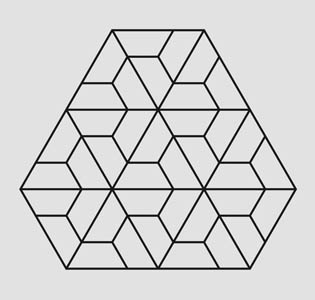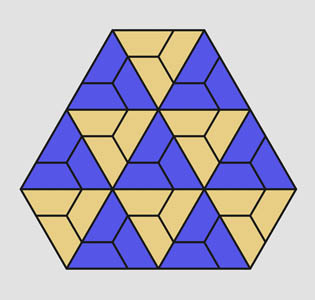
Figure 26: Creating the dual pattern of tiling pattern 3464.

Figure 27: Quadrangle tiling patterns (1) and first coloring.

Figure 28: Second coloring.

Figure 29: Third coloring.
4.1. Other Quadrangular Tiling Patterns. Now we have explored the basic techniques of applying the concept of elevation on flat tiling patterns we can look for other tiling patterns that we can use to create interesting paper structures. The first examples are both based on quadrangular tiling patterns.


Figure 30: Quadrangular tiling pattern (2).

Figure 31: Building elements and model of the elevation, front and back.
Figure 32: Double woven elevation.

Figure 33: Second color scheme and model of the elevation, front and back.